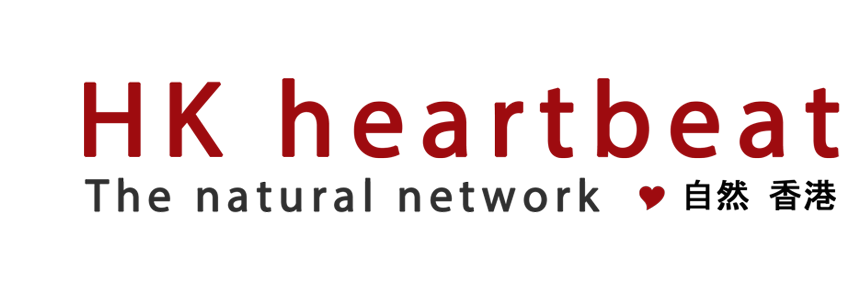What is wellness?
By Dr. Anthony Perillo
Wellness involves a delicate balance between one’s physical, emotional, spiritual, intellectual and social health; or an active process of becoming aware of and making choices toward a more successful existence.
Wellness is multidimensional.
Those dimensions include physical, emotional, social, occupational, mental and spiritual.
Key points in the wellness definition:
— Process means that we never arrive at a point were there is no possibility of improving.
— Aware means that we are by our nature continuously seeking more information about how we can improve.
— Choices mean that we have considered a variety of options and select those that seem to be in our best interest.
— Success is determined by each individual to be their personal collection of accomplishments for their life.
The concept is not new. Entire models of health are based upon the concept of wellness or well-being; Chinese and Ayurvedic Medicine, Naturopathy and Chiropractic.
In 1947, the World Health Organization defined health as “state of complete physical, mental and social well-being and not merely the absence of disease or infirmity.”
The dimensions of wellness
A comprehensive approach to wellness respects our complexity by acknowledging that we are multidimensional beings. The following paragraphs explain each dimension of wellness and give practical examples of each.
Physical
All parts of the body which have a function, if used in moderation and exercised in labors to which each is accustomed, become healthy and well developed and age slowly. But if unused and left idle, they become liable to disease, defective in growth and age quickly.” – 370 B.C., Hippocrates
The physical dimension promotes participation in activities for cardiovascular endurance, muscular strengthening and flexibility. This multi-faceted dimension is relative to each person’s abilities and disabilities. It promotes increased knowledge for achieving healthy lifestyle habits, and discourages negative, excessive behavior. The physical dimension encourages participation in activities contributing to high-level wellness, including personal safety, medical self-care and the appropriate use of the medical system.
Examples:
Nutrition and weight control
Functional abilities
Lifestyle habits and safety
Health promotion and disease prevention
Balance, coordination, agility
Breathing
Enjoyment of movement
Health partnerships, integrative therapies
Fitness principles, including strength, endurance and flexibility
Alternative medical treatment, nutritional supplements
Detoxification, rejuvenation, and wellness maintenance
Those seeking balance in the physical dimension may discover that:
– It’s better to consume foods and beverages that enhance good health rather than those which impair it.
– It’s better to be physically fit than out of shape.
Emotional
The emotional dimension emphasizes an awareness and acceptance of one’s feelings. It reflects the degree to which individuals feel positive and enthusiastic about themselves and life. This dimension involves the capacity to manage feelings and behaviors, accept oneself unconditionally, assess limitations, develop autonomy and cope with stress.
Examples:
Express and recognize feelings
Feelings, moods
Manage stress
Individuality, self-efficacy
Problem solving
Risk taking
Manage success and failure
Optimism versus pessimism
Perspective and humor
Gratitude
Personal expectations
Know, feel and realize consequences
Those seeking balance in their emotional life may discover that:
– It’s better to be aware of and accept our feelings than to deny them.
– It’s better to be optimistic in our approach to life than pessimistic.
Social
The social dimension is humanistic, emphasizing the creation and maintenance of healthy relationships. It enhances interdependence with others and nature, and encourages the pursuit of harmony within the family. This dimension furthers positive contributions to one’s human and physical environment for the common welfare of one’s community.
Examples:
Respect self and others
Interaction with others
Value clarifications
Interaction with the environment
Create and maintain relationships Self opinion
People, pets, plants, community
Talk, share interests, share
Make and nurture relationships
Ecological awareness
Be there, build group cohesiveness, actively participate
Awareness and involvement in social causes
Those seeking balance in the social dimension may discover that:
– It’s better to contribute to the common welfare of our community than to think only of ourselves.
– It’s better to live in harmony with others and our environment than to live in conflict with them.
Spiritual
The spiritual dimension involves seeking meaning and purpose in human existence. It involves developing a strong sense of personal values and ethics. This dimension includes the development of an appreciation for the depth and expanse of life and natural forces that exist in the universe.
Examples:
Morals and ethics
Appreciate beauty, nature, life
Demonstrating values through behaviors
Contemplate death and dying
Self-determination
Peace, silence, joy, inspiration
Love, hope and abundance
Being present in the moment
Become in touch with one’s higher power
Meditate, pray, contemplate life
Process of discovering meaning and purpose in life
Inner wisdom, listening to the inner voice/heart
Those seeking balance in their spiritual dimension may discover that:
– It’s better to ponder the meaning of life for ourselves and to be tolerant of the beliefs of others than to close our minds and become intolerant.
– It’s better to live each day in a way that is consistent with our values and beliefs than to do otherwise and feel untrue to ourselves.
Intellectual
The intellectual dimension promotes the use of one’s mind to create a greater understanding and appreciation of oneself and others. It involves one’s ability to think creatively and rationally. This dimension encourages individuals to expand their knowledge and skill base through a variety of resources and cultural activities.
Examples:
Lifetime learning
Process of using one’s mind
Ability to learn
Ability to think creatively
Desire to explore new areas
Maintain listening and speaking skills
Ability to pay attention
Make decisions
Recognize, recall
Follow directions
Judge, match, strategize
Wisdom, thought processes, stimulate
Reality-based or environmental awareness (day, month, season, weather)
Those seeking balance in their intellectual life may discover that:
– It’s better to stretch and challenge our minds with intellectual and creative pursuits than to become self-satisfied and unproductive.
– It’s better to identify potential problems and choose appropriate courses of action based on available information than to wait, worry and contend with major concerns later.
Vocational
The vocational dimension emphasizes the process of determining and achieving personal and occupational interests through meaningful activities. It encourages goal setting for one’s personal enrichment. This dimension is linked to the creation of a positive attitude about personal and professional development.
Examples:
Lifespan occupations
Develop new interests
Recognize abilities
Titles, roles, never retire
Identify personal mission and goals
Life plan, hobbies, volunteer, help others
Learn new skills
Those who seek balance in their vocational life may discover that:
– It’s better to choose a career which is consistent with our personal values interests and beliefs than to select one that is unrewarding to us.
– It’s better to develop functional, transferable skills through structured involvement opportunities than to remain inactive and uninvolved.
Presented at “What is Wellness?” A HK heartbeat Soulfood Seminar (17 April 2003)

